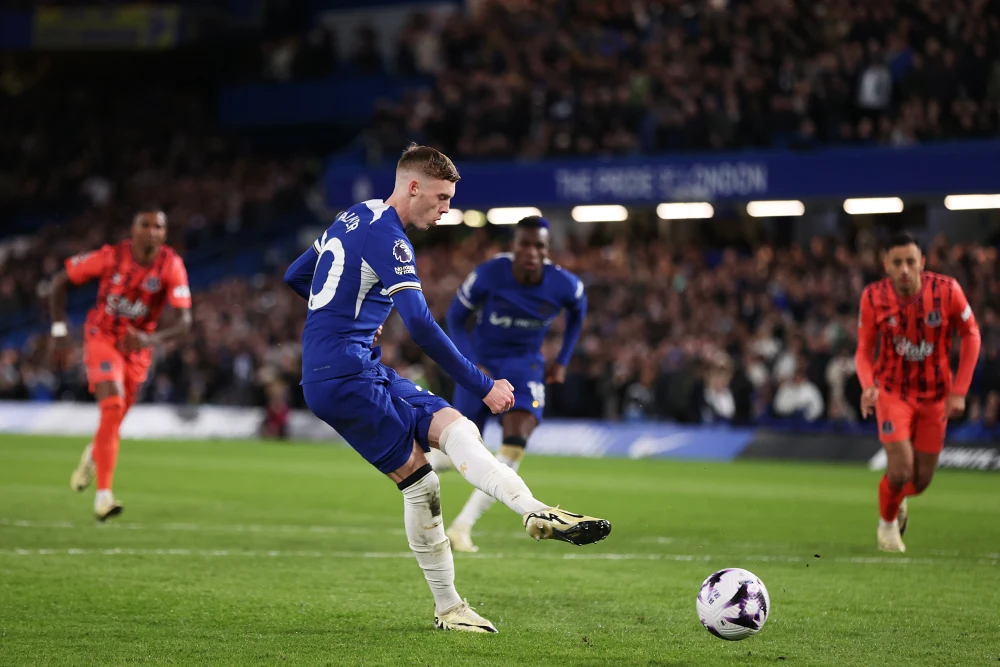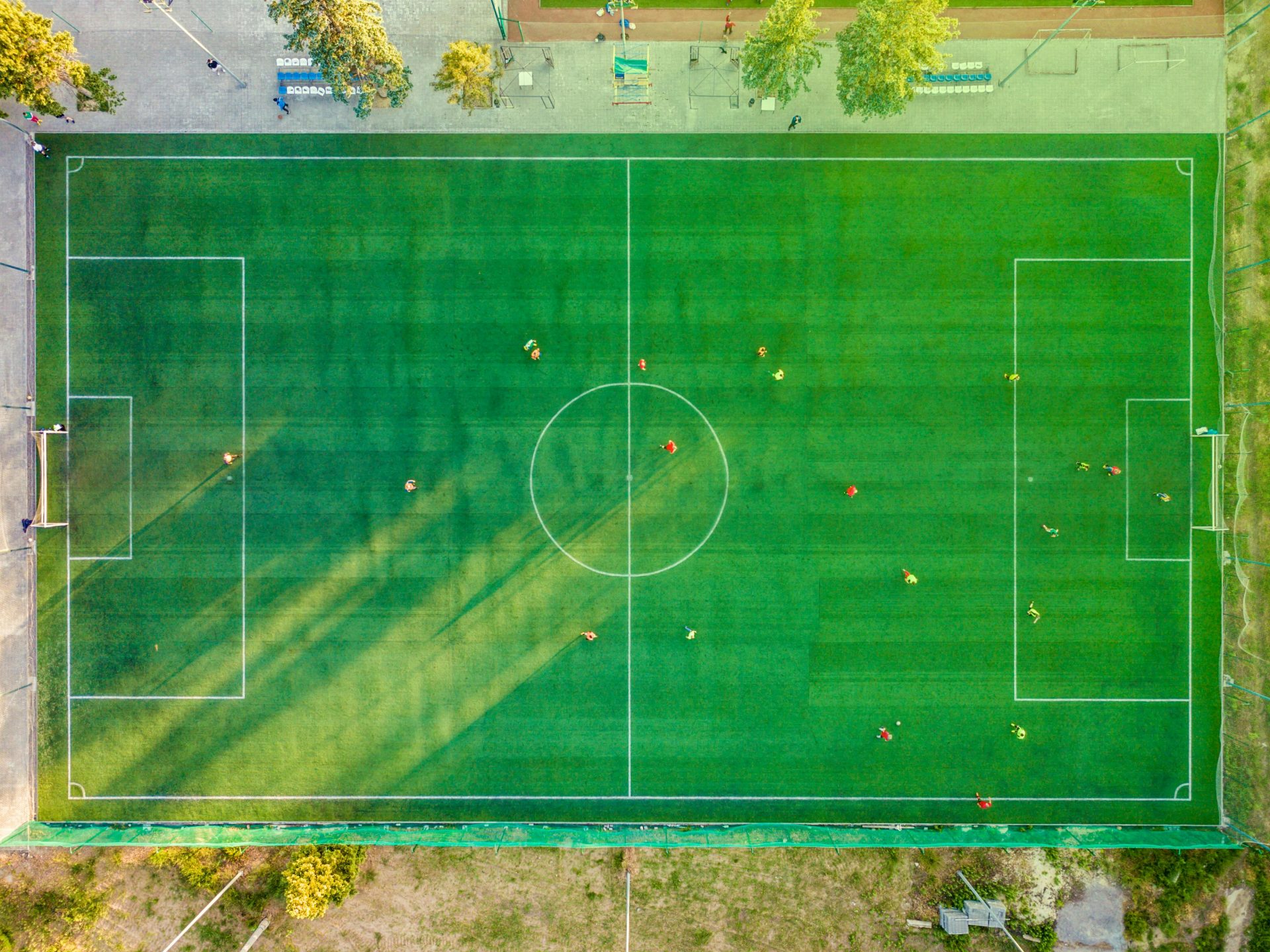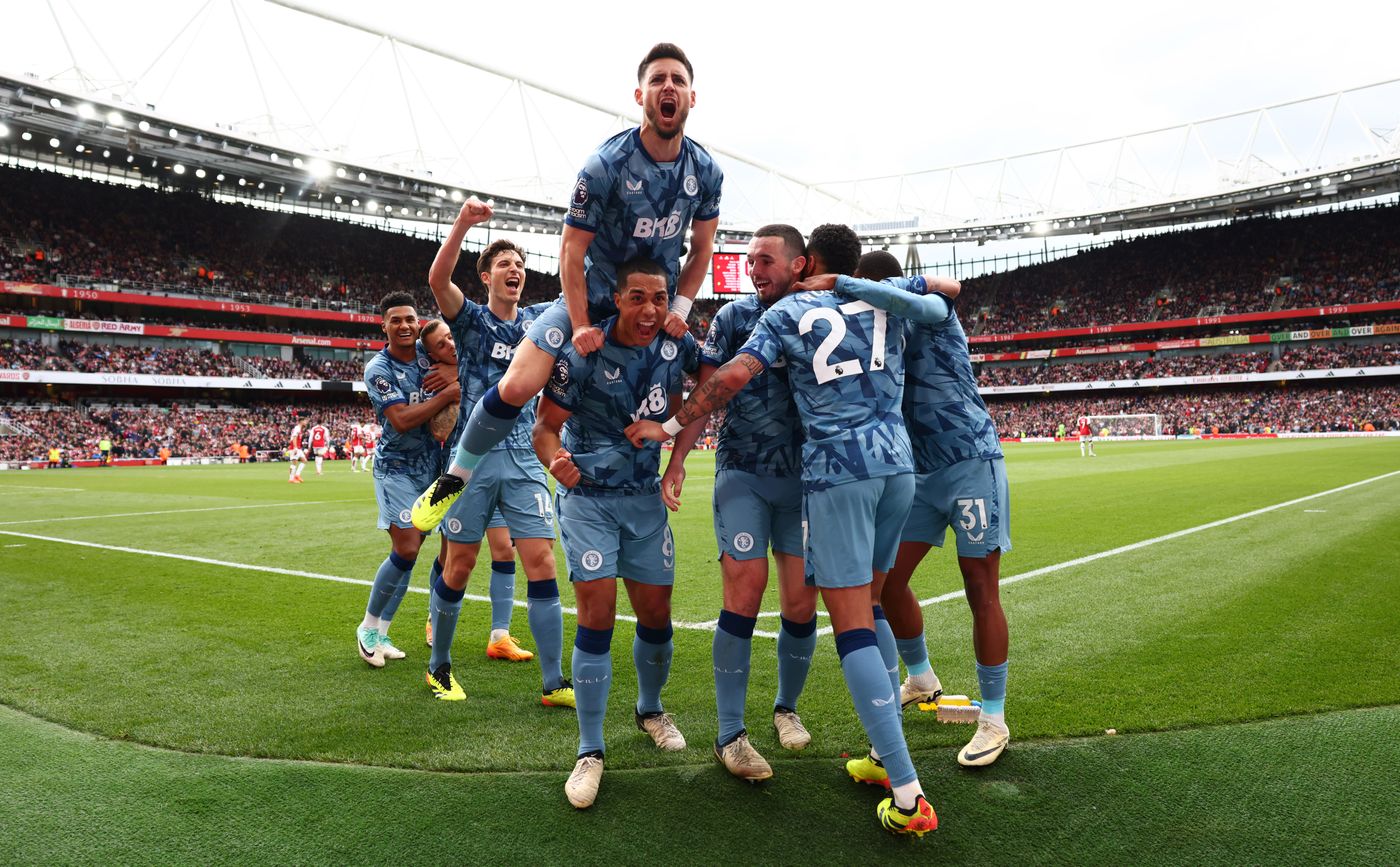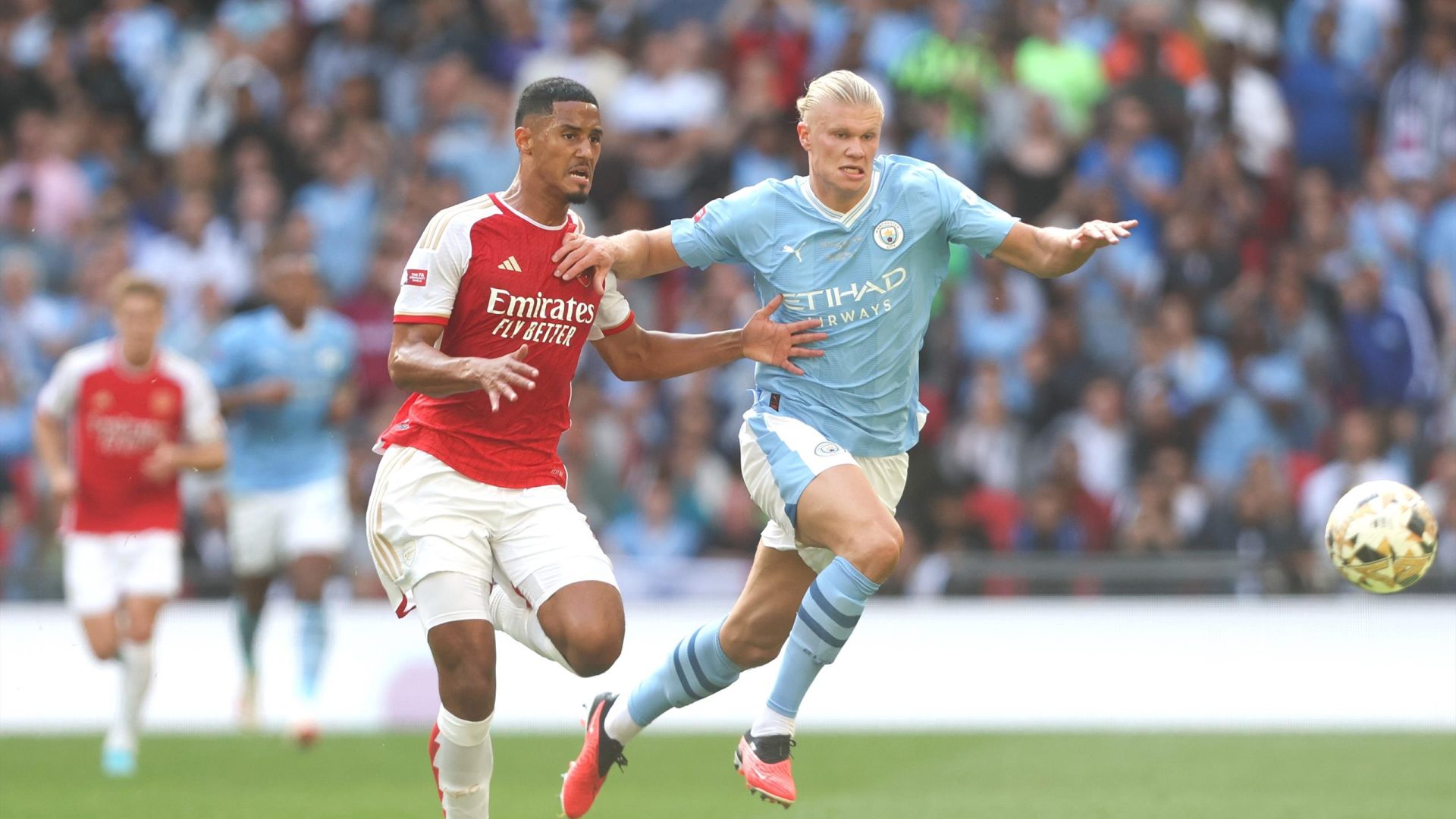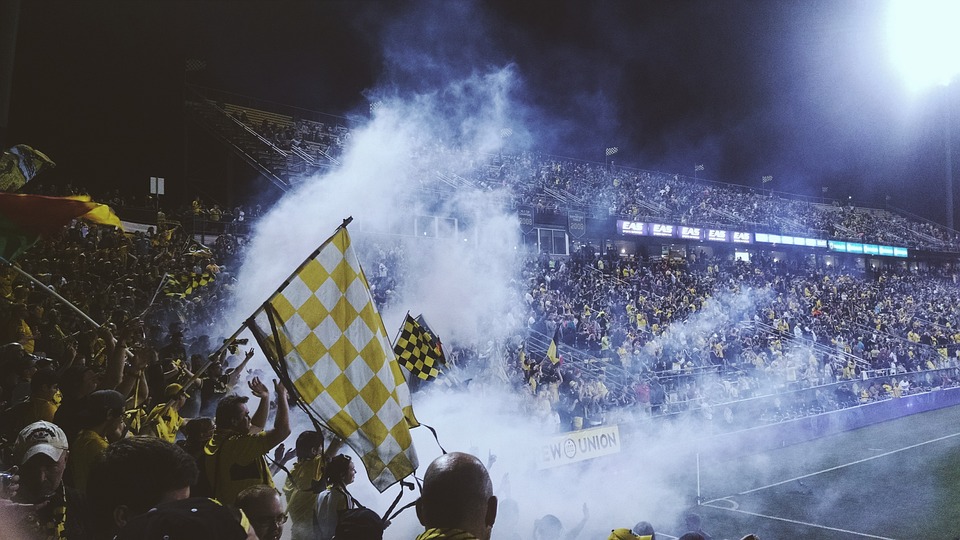What does CB in soccer mean
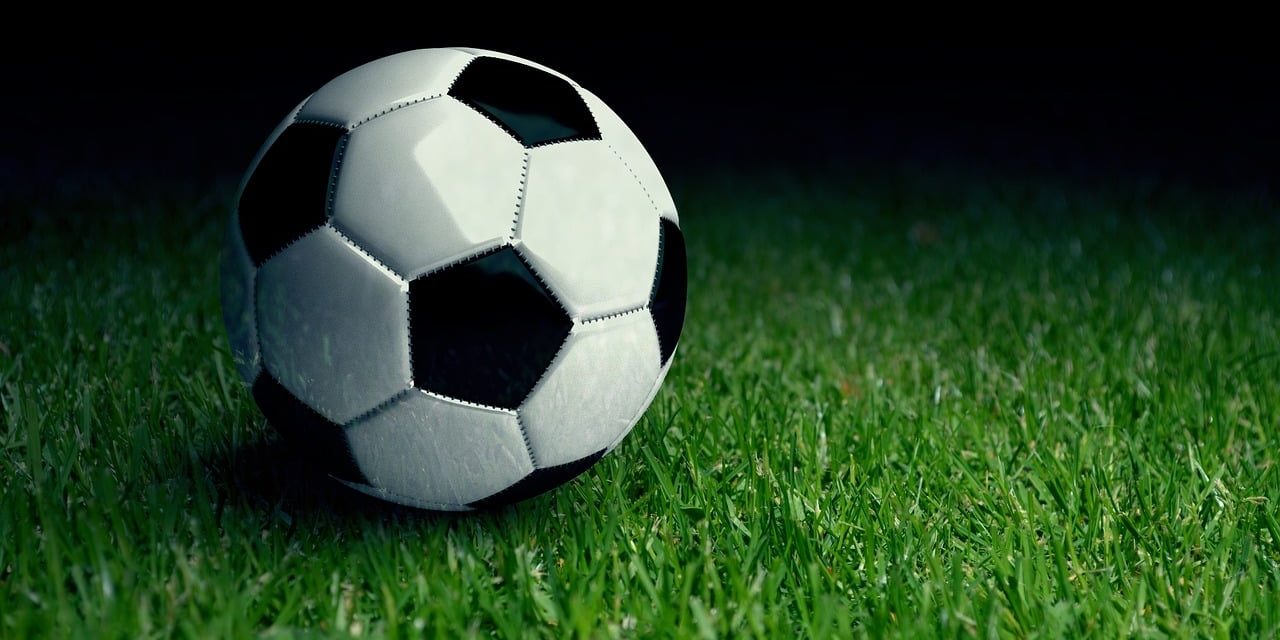
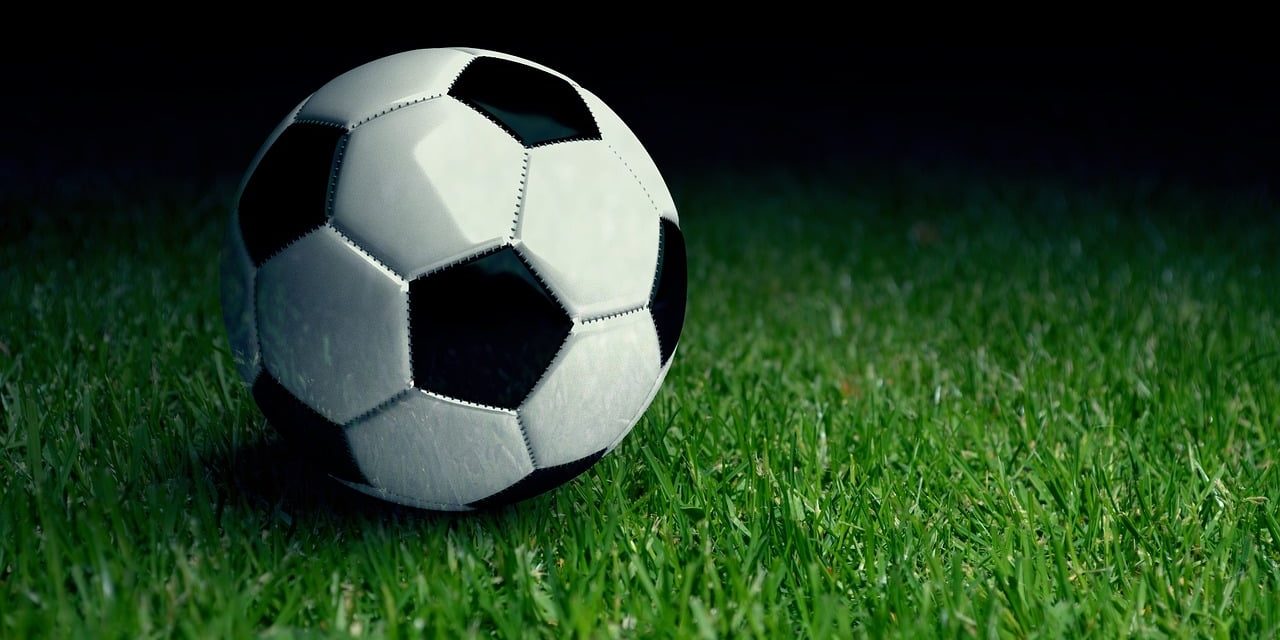
Table of Contents
Soccer enthusiasts often wonder, “What does CB mean?” It stands for Center Back—a defensive role in the game. Center backs defend their team’s goal and ward off attackers. To be successful, they need physical strength, aerial ability, and timing.
In a soccer formation, CBs occupy a central position, with flankers on either side. In teams playing three defenders, one is usually a sweeper.
Traditionally, this position was for tall and bulky individuals. Now, smaller yet technically skilled players are taking up the role.
Over time, the CB position has changed due to tactical shifts and player-specific requirements. It’s still important in modern games.
What does CB in soccer mean
To fully understand the CB position in soccer, it’s important to familiarize yourself with its definition and role. In order to do this, let’s delve into the ins and outs of CB in soccer and explore its significance. Throughout this section, we will examine the definition of CB and the role it plays in contributing towards a team’s success on the field.
Definition of CB
CB stands for Center Back in soccer. It’s a key role in protecting the team’s goal against the opposing team’s attack. They need physical attributes like strength, agility, and height. Plus, they must communicate well and make decisions on the field. Their skills include tackling, marking, heading, intercepting, and clearing.
Different types of CBs exist, like stopper, sweeper, and ball-playing. Knowing the role of a CB is important for understanding soccer better. It helps to analyze games and predict match outcomes.
Role of CB in soccer
Central defenders (CBs) are key players in soccer. They keep opposing attacks at bay, form a compact defensive structure, and start counters. They must be strong, good at timing tackles and aerial duels, and have great communication abilities. Plus, they direct teammates during set-pieces like corners and free kicks.
Offensively, CBs can help build up play from the back. They can launch attacking moves with accurate long-range passes or carry the ball upfield. This makes them an invaluable asset in modern football.
The key part of a CB is their game-reading ability. Top-tier CBs can anticipate threats and make smart decisions on when to tackle, intercept, or step up and pressurize.
Despite being a physically intense position, CBs often play well into their 30s because experience is so important. Fabio Cannavaro said “When you find a good partner…you understand each other without even needing to look: You defend space, man-marking as if it were written in your DNA.” This emphasizes the significance of the partnership between two center-backs.
Types of CB in soccer
To learn about the different types of CB (center back) in soccer, check out this section on “Types of CB in soccer”. This will help you understand the distinct roles and responsibilities of each sub-section: central defender (CD), stopper, and sweeper.
Central Defender (CD)
The anchor of the defense is the key defensive player in soccer. This player is placed in the center of the backline, and their job is to contain dangerous attackers. They must be big, strong, and have good heading ability and an eye for positioning. To keep opposition attacks away from the goal, physicality, organization, and communication are essential.
Central Defender (CD) players are vital to secure a team’s defense. Not just physical strength, but acute tactical awareness is also needed. This includes covering gaps in the backline, defending set-pieces, and staying vigilant at all times.
CD players often form partnerships with full-backs or other central defenders to form a more unified defense. Through consistent training, they can gain an understanding of one another, and thus, limit opponents’ attacking chances.
Virgil van Dijk, according to OptaJoe, made 560 clearances during his time at Liverpool until he got injured. A Central Defender is like a stopper: they are there to put the brakes on the opposing team’s attack.
Stopper
In soccer, a vital role is held by a stopper. They play both offense and defense. Their purpose is to stop the opposing team from penetrating their team’s defense. Stopper does this by tackling or intercepting passes. They also provide an anchor for their team’s defense and quickly neutralize any danger.
Stoppers, however, are a rare sight these days. Coaches prefer two central defenders in today’s fast-paced game, instead of relying on the stopper. A sweeper’s job is to clear up the mess other defenders make – like a parent at a toddler’s birthday party.
Sweeper
The Sweeper is a center-back that serves as the last line of defense. Their job is to protect the goal and intercept any attacks. To do this, they must be strong, agile, and have great ball control.
This position has become less common in modern soccer. Still, its defensive abilities are highly regarded.
Sweepers are positioned behind the central defense, without an opponent to mark. This gives them freedom to observe the opposition and act proactively.
Good communication with teammates is essential for a Sweeper. They need to direct their colleagues on marking assignments.
It’s important to use the ‘sweep and clear’ strategy, and practice different ways of marking. This will help the team’s defensive tactics.
To play center-back, you need finesse, strength, and reflexes. No small feat!
Key qualities of a CB in soccer
To understand the key qualities of a CB in soccer with physical attributes, technical skills, and tactical intelligence, you need to know how a CB plays an important role in a team’s defense. These qualities help a CB to read the game situation and take effective action accordingly. In this section, we will explore the nuances of each of these sub-sections.
Physical attributes
Central defenders in soccer must have the right physical qualities to be successful. Such attributes include size, strength, speed, and agility. To stand out, they should possess unique physical qualities, like an exceptional vertical jump.
Aspiring central defenders must focus on building these attributes. This requires a proper training routine and nutrition plan. Neglecting this can hinder growth in the game. With the right physical qualities, a central defender can become unstoppable on the pitch. They should also perfect their technical skills, such as accuracy and control.
Technical skills
A CB’s technical skills are must-haves for a successful performance on the field. Superior ball control, accurate passing, and great shot-stopping abilities are all essential. Clearing balls from the danger zone and heading are also key. Plus, strong communication skills come in handy when coordinating with teammates during set-pieces.
CBs need to know how to receive under pressure and stay alert for tackles. Quick decision-making and anticipation skills are also critical. Man-marking is another must; limiting opposition strikers’ movement inside the penalty area. Don’t forget tactical awareness, which is just as important as technical abilities.
To become an outstanding CB, practice is key. Aspiring players should consistently refine technical and tactical skills, either with their team or alone.
Don’t let your potential as a winning player go unnoticed; acquire these key qualities of a CB today!
Tactical intelligence
A CB must have strategic awareness to be successful in soccer. This means analyzing the flow of play and making decisions quickly to counter opposing attacks. Reading the opposition’s formations, patterns, and player movements is a must for intercepting passes and closing gaps.
Communication is also important. Directing teammates’ positioning, shifting players to cover gaps, and helping other defenders when needed are all part of effective communication.
Adaptability is key too. A CB must adjust to different attacking styles and formations to defend the goal area. Analysis of opposition players can help anticipate their moves on the field.
Pro Tip: Mental visualization can improve strategic game sense. This involves creating mental images of different scenarios and outcomes.
Let’s take a moment to appreciate the top CB players in soccer history – who have outsmarted many a forward!
Top CB players in soccer history
To dive deeper into the world of top CB players in soccer history, let’s explore some of the most legendary names in the game – Franz Beckenbauer, Franco Baresi, and Paolo Maldini. By examining their careers and playstyles, you can gain insight into what made them some of the most renowned defenders in the world of soccer.
Franz Beckenbauer
Franz Beckenbauer was a prominent CB player, renowned for his defensive and midfield prowess. His two World Cup titles as captain and coach earned him the title of best. He was the pioneer of Total Football tactics, promoting fair play throughout his career. His legacy remains unparalleled to this day; he inspired generations with his defensive techniques and tactical innovations.
One event in particular stands out – 1974’s World Cup final between Germany and Netherlands. Despite sustaining an injury early on, Beckenbauer still achieved victory through immense courage. This displays his unwavering leadership qualities that made him a legend of the sport.
Franco Baresi was another legendary defender, who could make strikers question their career choices.
Franco Baresi
Franco Baresi was one of the greatest center-backs in soccer history. His amazing defensive skills earned him a great reputation. He had exceptional ball control and defensive instincts. He spent his entire 20-year career with AC Milan and wore the captain’s armband for over a decade. Baresi showed incredible consistency against some of Europe’s toughest attackers.
His tackling skills, aerial ability, speed, and vision on the pitch were remarkable. He was always in the right position to intercept passes or stop attacks. He also helped AC Milan win big during the late ’80s and early ’90s, including 6 Serie A titles, 3 UEFA Champions Leagues, and 2 Intercontinental Cups.
At 5’9″, Baresi commanded great respect. He displayed true sportsmanship when he helped Diego Maradona during the 1982 World Cup quarterfinals.
Baresi’s contribution to soccer is indisputable. He remains one of the most accomplished defenders in football history – devoted to perfecting his craft and dedicated to AC Milan. Paolo Maldini, the only defender who could stop the ball with his mind, comes close!
Paolo Maldini
The Italian soccer legend, Maldini, was one of the greatest center-backs ever. He was famous for his defensive skills and leadership ability. He played his entire career with AC Milan, winning many trophies, including five Champions League titles. He could also play as a left-back or in central defense. His determination to succeed was evident.
Maldini’s achievements were remarkable as he played at the highest level for over two decades. He earned numerous caps for both his club and country, becoming one of Italy’s most-capped players of all time. His technical skill was combined with great physicality, making him a formidable opponent.
Maldini’s influence is much more than stats. His hard work, perseverance, team spirit, and humility make him a role model for aspiring young players. Even after retiring more than a decade ago, Maldini continues to be an influential figure in the soccer world.
A great example of Maldini’s commitment was during a match against Barcelona in 1994. Despite having severe cramps, he refused to come off the pitch. He kept playing till the end, helping AC Milan win. His selfless attitude and positive mindset make him an inspiration to many.
Good center-back players are invaluable, as any goalkeeper can attest!
Conclusion
CBs in soccer? What’s that? It means the central defender position. This player is the guardian of the goal. They intercept passes, make clearances, and join in attacking set-pieces.
In today’s soccer, CBs are key. They form a barrier against opposition goals. Additionally, modern tactics require them to possess good ball-playing skills.
It’s not just defense, though. CBs are also leaders. They help teach younger players and keep the team organized. They make sure their team is in top condition throughout the match.
What does CB in soccer mean – Frequently Asked Questions
Q: What does CB stand for in soccer?
A: CB stands for center back, which is a defensive position in soccer.
Q: What are the responsibilities of a CB?
A: A CB’s primary responsibility is to prevent the opposing team from scoring by blocking shots, intercepting passes, and marking attackers.
Q: How many CBs are typically on the field?
A: Most teams use two CBs in their starting lineup, although some may use three in a formation known as a “back three.”
Q: What skills are important for a CB to have?
A: CBs should have good positional awareness, strong tackling ability, and the ability to read the game and anticipate their opponents’ movements.
Q: Can CBs also score goals?
A: While it is not their primary responsibility, CBs may occasionally score goals, especially on set pieces such as corner kicks or free kicks.
Q: Who are some famous CBs?
A: Some famous CBs include Franco Baresi, Franz Beckenbauer, Sergio Ramos, and Virgil van Dijk.

